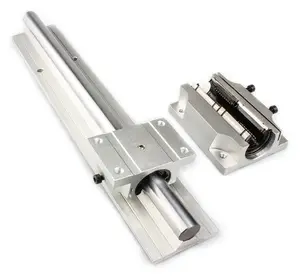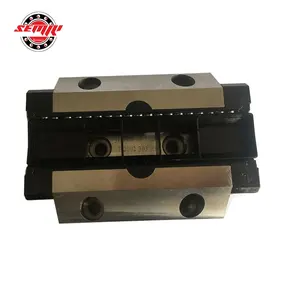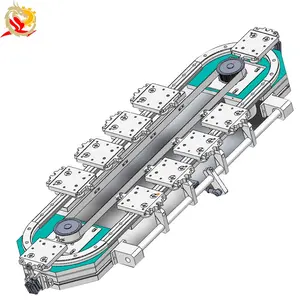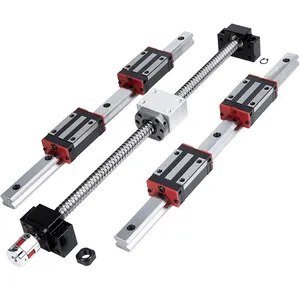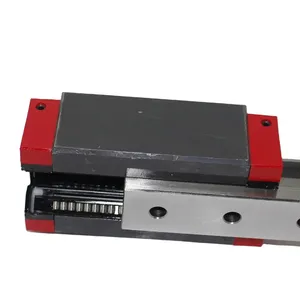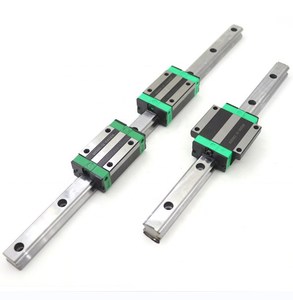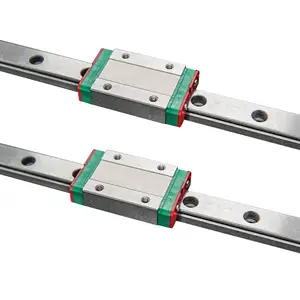Pbc Linear Rails














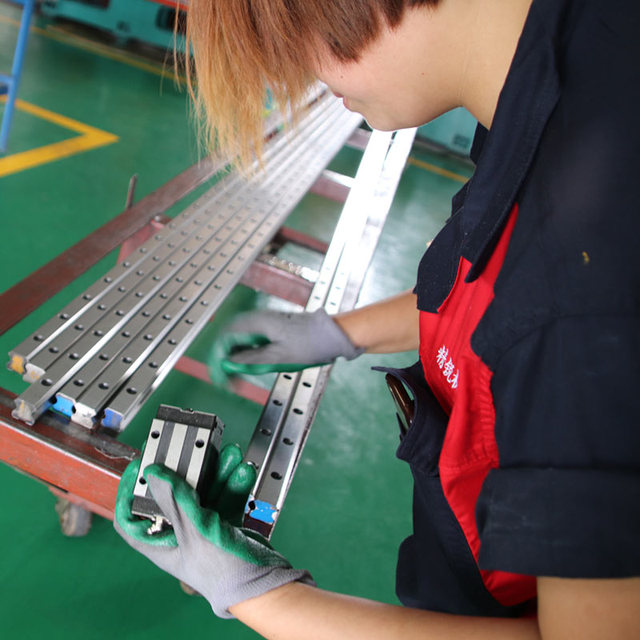















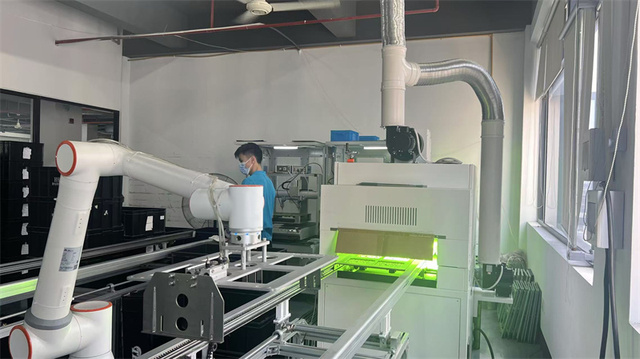







































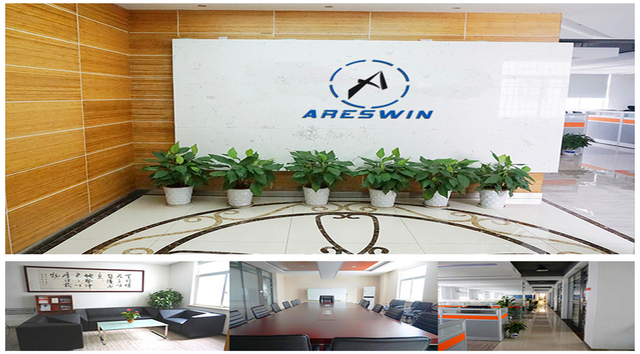






About pbc linear rails
Where to Find PBC Linear Rails Suppliers?
China remains the global epicenter for linear motion component manufacturing, with key production clusters in Hunan, Shandong, and Tianjin offering specialized expertise in precision rail systems. Changsha-based suppliers leverage vertically integrated facilities that combine material processing, heat treatment, grinding, and assembly under one roof, enabling tight control over dimensional accuracy and surface finish. Shandong’s transmission technology hubs benefit from proximity to steel rolling mills, ensuring stable raw material supply and cost advantages of 15–25% compared to non-integrated producers.
These industrial zones host suppliers equipped with CNC machining centers, automated grinding lines, and laser measurement systems for producing SBR, HGR, TRH, and OSGR series rails. The concentration of component manufacturers—bearings, shafts, blocks, and guides—within localized ecosystems supports rapid prototyping and scalable production. Buyers gain access to agile supply chains where standard order lead times average 15–30 days, with customization cycles extending by 7–14 days depending on complexity. Economies of scale and mature logistics networks further enhance export efficiency, particularly for bulk orders shipped via FOB Qingdao or Tianjin ports.
How to Choose PBC Linear Rails Suppliers?
Selecting reliable partners requires systematic evaluation across technical, operational, and transactional dimensions:
Technical Compliance
Confirm adherence to international standards such as ISO 9001 for quality management. While not always explicitly stated, precision linear rails should meet JIS B 1192-3 or DIN 645-1 tolerances. Request test reports verifying hardness (typically HRC 58–62 for chrome steel rails), straightness deviation (<0.03mm/m), and load capacity specifications. CE marking may be required for European market entry, especially when integrated into machinery subject to EU Machinery Directive compliance.
Production Capability Audits
Assess infrastructure maturity through verifiable metrics:
- Facilities with dedicated grinding and calibration lines ensure consistent rail straightness and surface roughness (Ra ≤0.8μm)
- In-house bearing block assembly enhances interchangeability and preload control
- Suppliers offering laser-engraved serial traceability demonstrate process discipline
Cross-reference online revenue indicators and reorder rates (>25% suggests customer satisfaction) with documented production capacity to avoid overcommitment risks.
Transaction Safeguards
Utilize secure payment mechanisms such as escrow services to mitigate pre-shipment risk. Prioritize suppliers with transparent response times (≤4 hours) and 90%+ on-time delivery performance. Conduct sample testing to validate noise levels, smoothness of travel, and corrosion resistance—particularly for stainless steel variants. Verify packaging integrity for shock-sensitive components during international transit.
What Are the Best PBC Linear Rails Suppliers?
| Company Name | Location | Main Products (Listings) | Online Revenue | On-Time Delivery | Avg. Response | Reorder Rate | Customization Options |
|---|---|---|---|---|---|---|---|
| Phoenix Technology Company Limited | Hunan, CN | Linear Guides (97) | US $130,000+ | 100% | ≤2h | 25% | No |
| Changsha Terry Machinery Co., Ltd. | Hunan, CN | Linear Guides (N/A) | US $1,100,000+ | 90% | ≤4h | 25% | Yes |
| Changsha Igs Machinery Co., Ltd. | Hunan, CN | Linear Guides (116) | US $20,000+ | 94% | ≤6h | <15% | No |
| Shandong Jingrui Transmission Technology Co., Ltd. | Shandong, CN | Linear Guides (135) | US $30,000+ | 94% | ≤4h | 28% | Yes |
| Tianjin Semri Bearing Technology Co., Ltd. | Tianjin, CN | Linear Guides (N/A) | US $100,000+ | 100% | ≤2h | 16% | Yes |
Performance Analysis
Phoenix Technology and Tianjin Semri achieve perfect on-time delivery records with sub-2-hour response times, indicating strong operational responsiveness. Changsha Terry leads in reported online revenue (US $1.1M+), suggesting high transaction volume and scalability, despite a slightly lower delivery rate. Shandong Jingrui stands out with a 28% reorder rate—the highest among peers—reflecting customer retention likely driven by customization flexibility and competitive pricing. Suppliers in Hunan dominate product listing depth, with over 100 active linear guide listings each, signaling specialization and inventory breadth. For high-volume procurement, prioritize companies with proven delivery consistency (>94%) and secure packaging practices. For application-specific designs, engage suppliers advertising customization capabilities in size, color, labeling, and rail configuration.
FAQs
What materials are commonly used in PBC linear rails?
Most rails are manufactured from GCr15 chrome steel with induction hardening for wear resistance. Stainless steel (SUS304/SUS440C) variants are available for corrosive environments. Shafts typically feature ground and polished surfaces to reduce friction and extend bearing life.
What is the typical MOQ and pricing range?
Minimum Order Quantities vary: sets often require 1 unit, while meter-based rails start at 10 meters. Unit prices range from $1.50 for basic SBR16 shafts to $100+ for high-load HGH55CA carriages. Bulk discounts are common beyond 50 pieces or 100-meter runs.
Can suppliers provide OEM/ODM services?
Yes, select manufacturers offer OEM labeling, custom lengths, engraving, and packaging. Changsha Terry and Shandong Jingrui explicitly list logo, color, and drawing-based customization. Technical drawings in STEP or DWG format accelerate quoting and validation.
What are standard lead times for samples and bulk orders?
Sample fulfillment typically takes 7–10 days. Mass production lead times range from 15 to 30 days, depending on order size and machining requirements. Expedited processing may be available for urgent requests at additional cost.
How to verify product compatibility?
Cross-reference rail type (e.g., SBR16, HGR35), block model (e.g., SC16, SCS16), and shaft diameter before integration. Use manufacturer-provided dimension charts and tolerance data to ensure interchangeability with existing systems. Request sample units to conduct fit, alignment, and dynamic load testing prior to full-scale deployment.



















